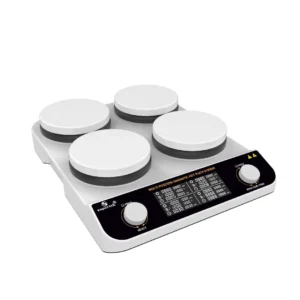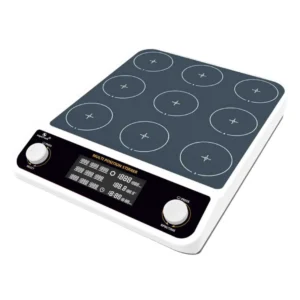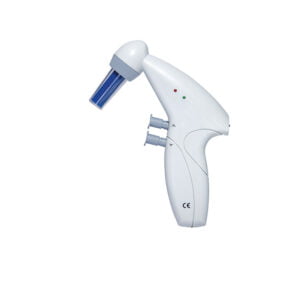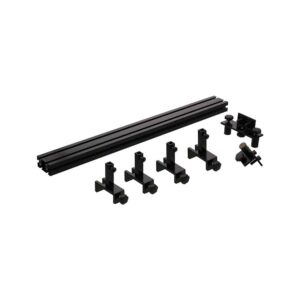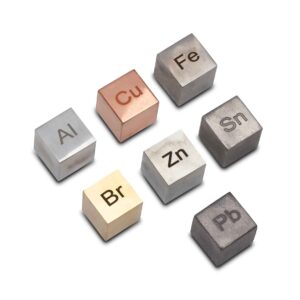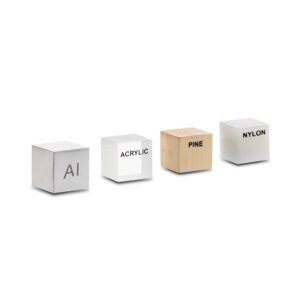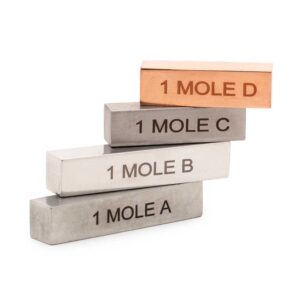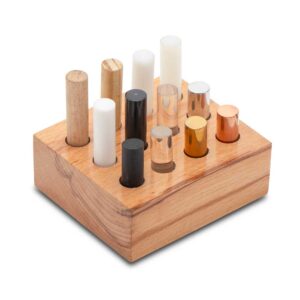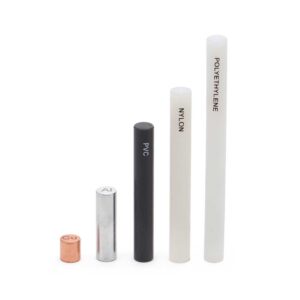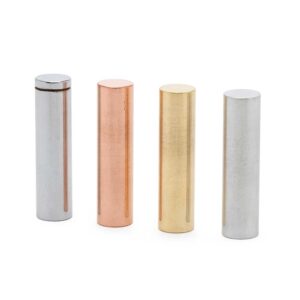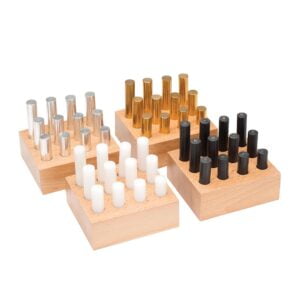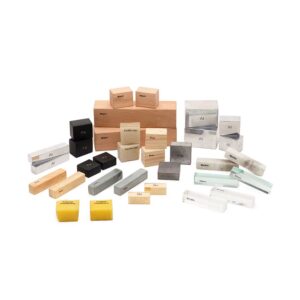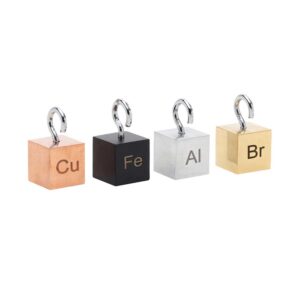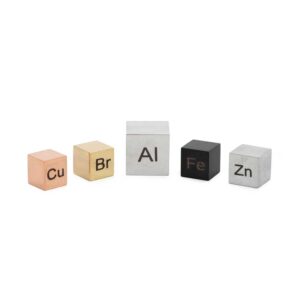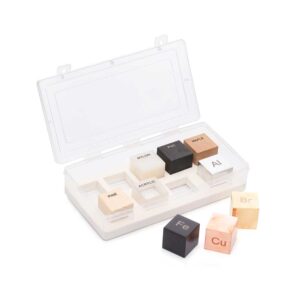-
Mixing
Multi-Position Magnetic Hotplate Stirrer
The multiple hotplate magnetic stirrer is designed for laboratories that require simultaneous heating and stirring of multiple samples. Equipped with a durable ceramic-coated plate, brushless motors, and independent controls for each station, it ensures uniform heating and mixing across all positions. Ideal for parallel experiments in chemistry, biology, and research labs.
Product Features:
- Ceramic coated stainless-steel top
- Each station’s temperature, speed and time can be set independently.
- Brushless motor
- LCD display
- Built-in plate probe and external Pt100 probe for liquid.
- Adjustable stirring speed and heating range for diverse applications
- Supports synchronous operation to control all stations together.
- Over-temperature protection and anti-slip design
- Maximum capacity per position: 500 mL
- Includes support rods, clamps & Pt1000 probe
Technical Specifications:
- Speed Range: 0 – 1500 rpm
- Working plate size Ø135mm
- Mixing Direction: Clockwise
- No. of Positions: 4
- Heating Temperature Range: Ambient +5 °C to 310 °C
- Timer Range: 1 min – 24h
- Stir Bar Size: 30 mm
- Safety: Over-temperature protection
- Power Supply: AC 220 V, 50/60 Hz
MPMHS-D-4CT -
Mixing
Multi-Position Magnetic Stirrer
The multi-position magnetic stirrer is a reliable and efficient instrument designed for simultaneous stirring of multiple samples. It features a brushless motor, LCD display, and timing functionality, supporting both synchronous and asynchronous operation. Each station can handle up to 500 mL, ideal for high-throughput laboratory processes.
Product Features:
- PET anti-corrosion plate ensures durability and resistance against chemical spills.
- LCD display shows real-time rpm and timer for each station
- Each station speed and time can be set independently.
- Supports synchronous operation to control all stations together.
- Brushless motor
- Maximum capacity per position: 500 mL
Technical Specifications:
- Speed Range: 50–1500 rpm
- Mixing Direction: Clockwise
- Stir Bar Size: 30 mm
- Timer Range: 1 min – 19 h 59 min
- Power Supply: AC 220 V / 110 V, 50/60 Hz
MPS -
Pipette Filling Devices
Pipette Filling Devices
EASYFILL, an electronic pipette filling equipment, is a simple yet powerful blend of sophisticated features and functionality. It offers Single Knob Dual Dispensing Mode. EASYFILL helps in performing sensitive operations with high precision, accuracy and reliability in practical laboratory environments
- EASYFILL has a Universal Silicon Adapter, with internal knurling, that can easily accommodate pipettes from 1 ml to 100 ml and hold them firmly during liquid handling operations.
- Red LED flash denotes ‘low battery’ and green LED flash denotes ‘charging’.
- The instrument offers Dual Dispensing Mode with the help of a Single Knob.
- Press the knob fully for dispensing at maximum speed. This mode engages the motor.
- EASYFILL has a comfortable grip and exhibits high ease of use.
- The instrument offers continuous pump speed adjustment during liquid handling operations.
- The Collet Assembly and the 0.2 microns In-line Membrane Filter, contained within it, are fully autoclavable at 121°C temperature and 15 psi for a duration of 10-15 minutes.
NE-GG-220V -
Accessories
Optical Bench
A versatile and modular system that can be utilized across many experiments. The optical bench has three core parts: Rail, Mounts, and Uprights. All the core parts have been designed in such a way that they are suitable for multiple types of experiments.
KEY FEATURES
- Excellent stability and easy set-up of the optical bench – Mounts can be fixed to the rail by just aligning and sliding two screws into the rail and fastened. The uprights can be placed and fastened at any desired position with ease
- Height adjustable mounts – The optical bench is designed with three-point mounts, with two of their height adjustable and lockable with a range of 20 mm. The height adjustment gives precision in maintaining the horizontal axis of the bench. The mount bases are rubber padded to avoid sliding the optical bench on the lab benches.
- Anti-rotation square holders on the uprights (Patent Pending) – The optical bench uprights are designed with square holders and square shafts for holding accessories. One of the major needs in optical experiments is to maintain the alignment of accessories. More often, the accessory holder is susceptible to rotation. Square shafts ensure the anti-rotation of the accessories and make experimenting hassle-free. It also avoids any kind of lateral bend or movement of the accessories.
- All parts are scratch-resistant and the movement of uprights on the rail is seamless.
OB1 -
Experiments
Photoconductivity Experiment
Objectives
To study the photoconductivity of CdS Photoresistor, in the following conditions:
- Applied voltage vs photocurrent (IPH) at constant irradiance (Φ).
- Photocurrent (IPH) vs irradiance (Φ) at a constant applied voltage (V).
Principle
The phenomenon of photoconductivity occurs when an incident light shown upon a semiconductor causes an increase in its electrical conductivity. This is because of the excitation of electrons across the energy gap into the conduction band, which leads to an increase in the number of free carriers in the conduction band, hence, an increase in the conductivity of the semiconductor. Here, we can study the characteristics of the CdS photoresistor under different conditions of light intensity and applied voltage.
KEY FEATURES
- Precise Optical Alignment: The optical alignment of the components is attained by the optical bench, the set-up time is faster and experimentation is easy.
- Fine and Easy Light Intensity Adjustment: Light intensity adjustment is done via the use of two polarizers. This helps in easier and fine light intensity adjustments.
- Simple and Easy Connections: The color-coded terminals on the various components aid in the ease of connections thus reducing the setup time.
WHAT YOU NEED
- OB2 Optical Bench Set 0.4m 1
- HA001 Light Source Holder 1
- HA004 Polarizer Holder 1
- HA006 Analyzer Holder 1
- HA020 LDR Module Holder 1
- PH61022D/20 Power Supply, 0-15V, 200mA 1
- PH61022D/2 Power Supply for Light Source 1
- PCE1-C: Complete Equipment Set With Instruction Manual
PCE1-C -
-
Mechanics
Density Identification Set, Set of 15
The set consists of specimens of 15 different types of materials. Students measure the mass, length, and volume to determine the density of each of the materials. The set contains a sturdy storage base with one sample each of Walnut, Pine, Maple, Polypropylene, Polyethylene, Polyamide, Acrylic, Polyurethane, Phenolic, Polyvinylchloride, Delrin, Aluminium, Brass, and Copper. Samples are stamped with a letter code for easy identification. Instructions included.
PH10044 -
-
Mechanics
Material Kit, Solids
Consists of two of each of the seventeen blocks as follows:
- Blocks, 50 x 40 x 30 mm – Softwood, Hardwood, Paraffin wax, Aluminium, Iron, and Polystyrene.
- Blocks, 20 x 20 x 100 mm – Perspex, Glass, Slate, Aluminium, Softwood, Marble.
- Block, 50 x 50 x 20 mm – Lead.
- Block, 50 x 50 x 80 mm – Aluminium.
- Block, 50 x 50 x 200 mm – Hardwood.
- Block, 20 x 20 x 50 mm – Brass.
- Block, 40 x 40 x 20 mm – Iron.
PH10051 -
Mechanics
Density Blocks Constant Volume
To understand the relationship between mass and volume, the Set consists of nine blocks of size one cubic inch. Each block is made of a different material, including Maple, Pine, and three different types of Plastic, Aluminum, Copper, Steel, and Brass. With instruction manual.
PH10056

